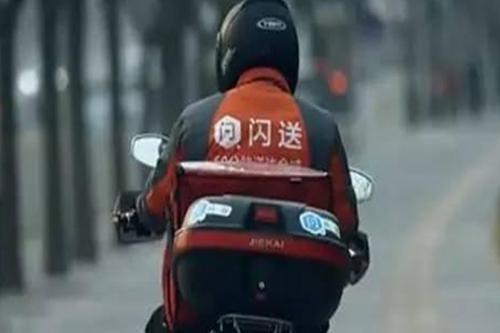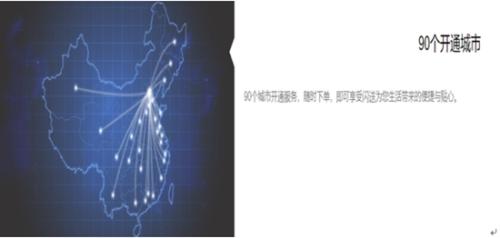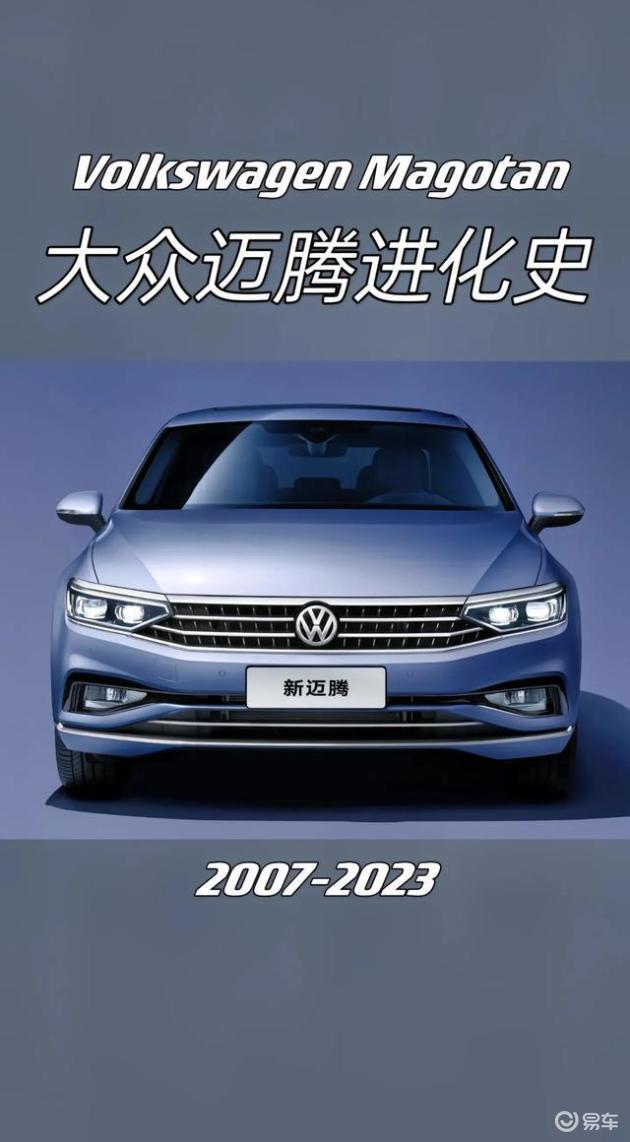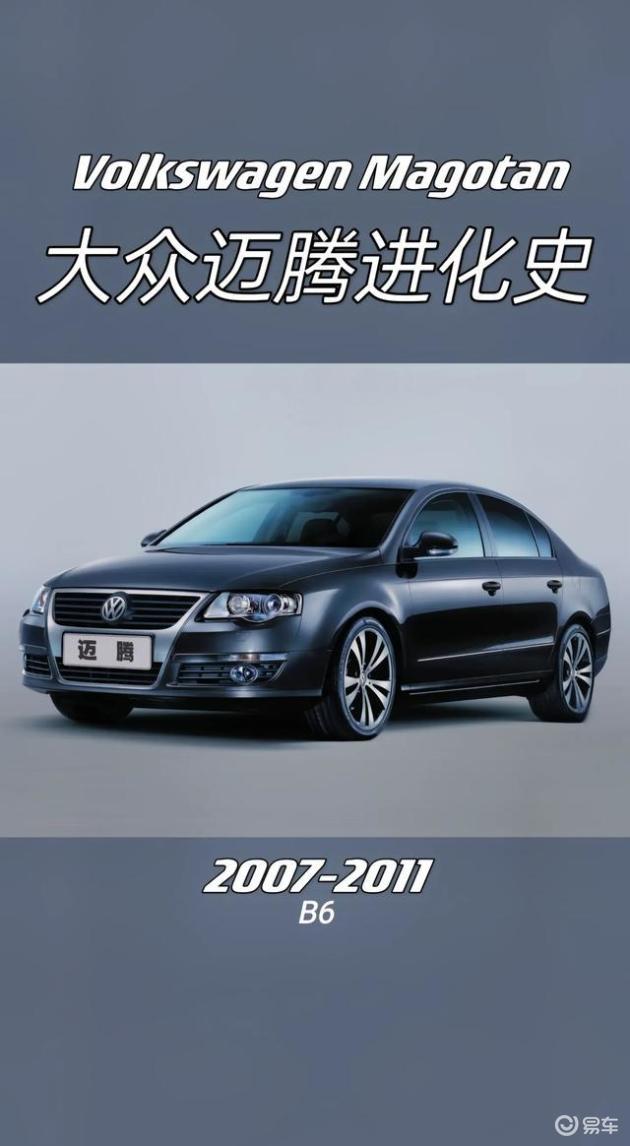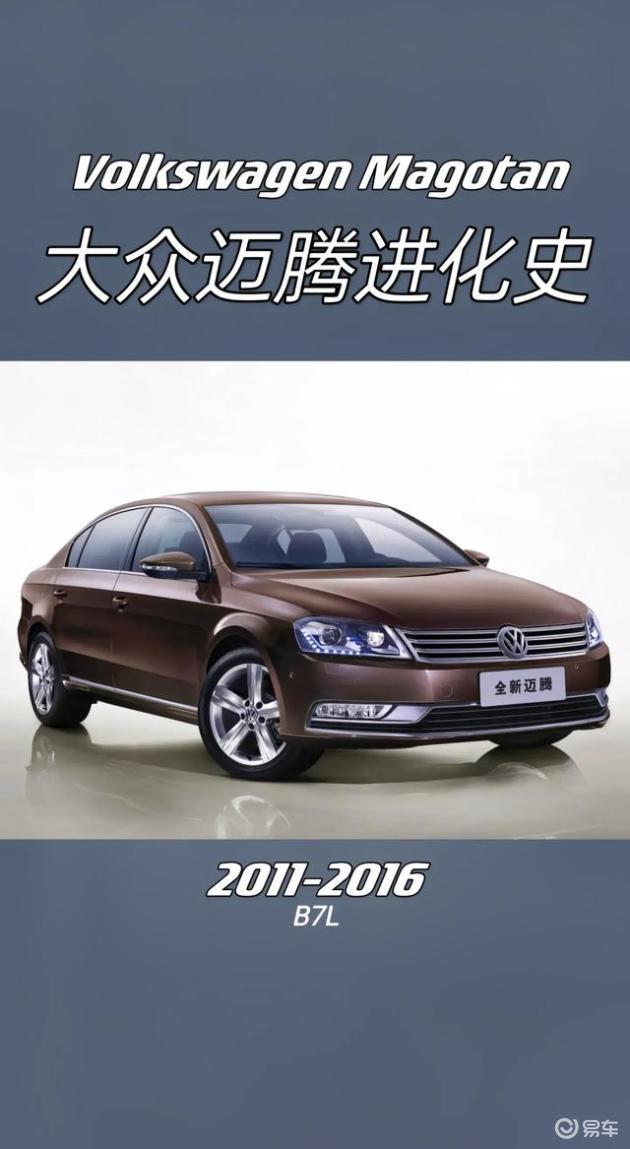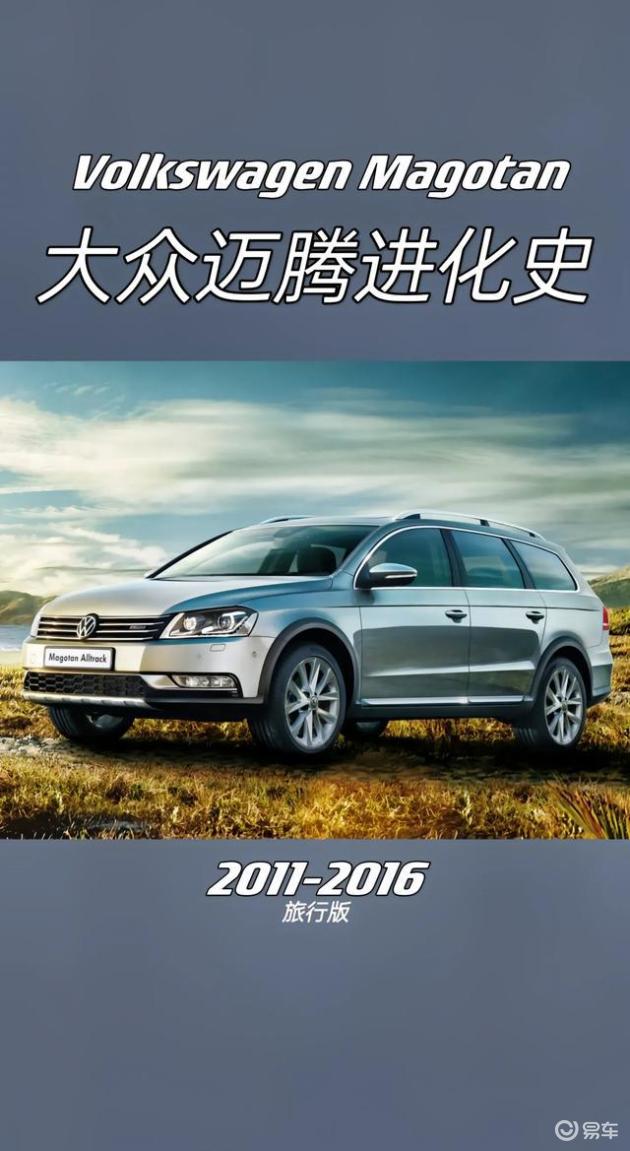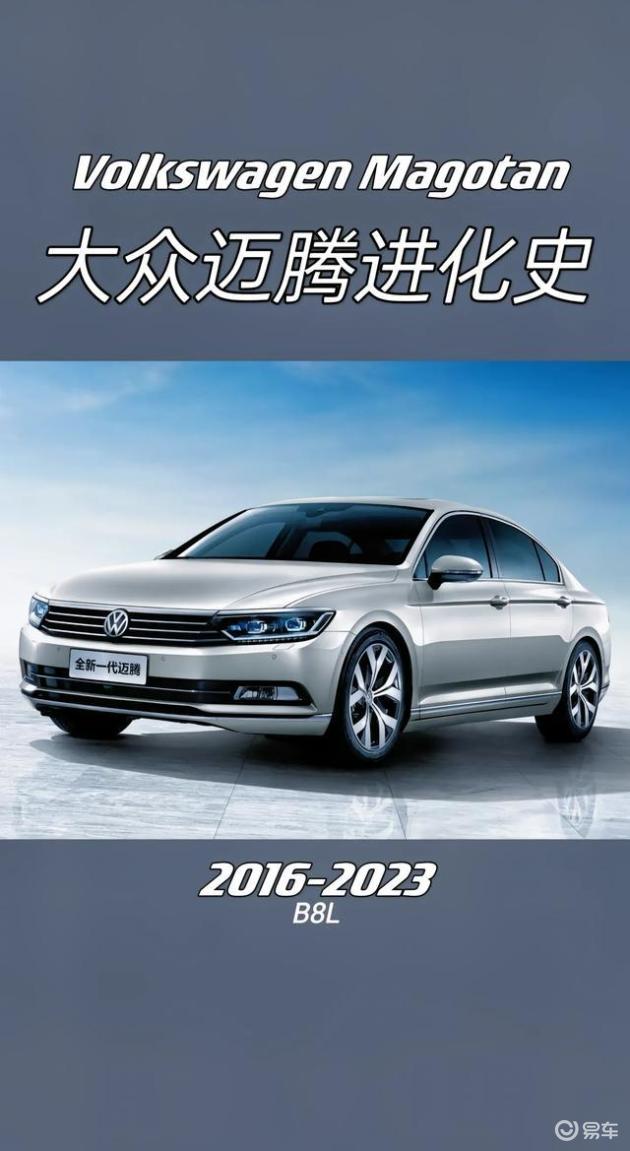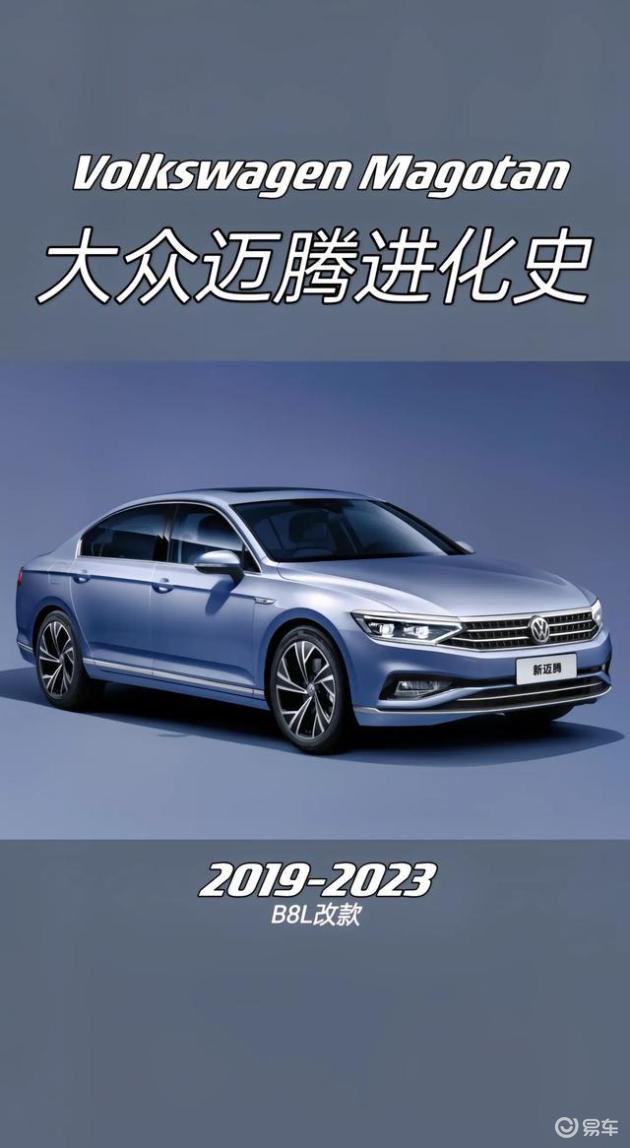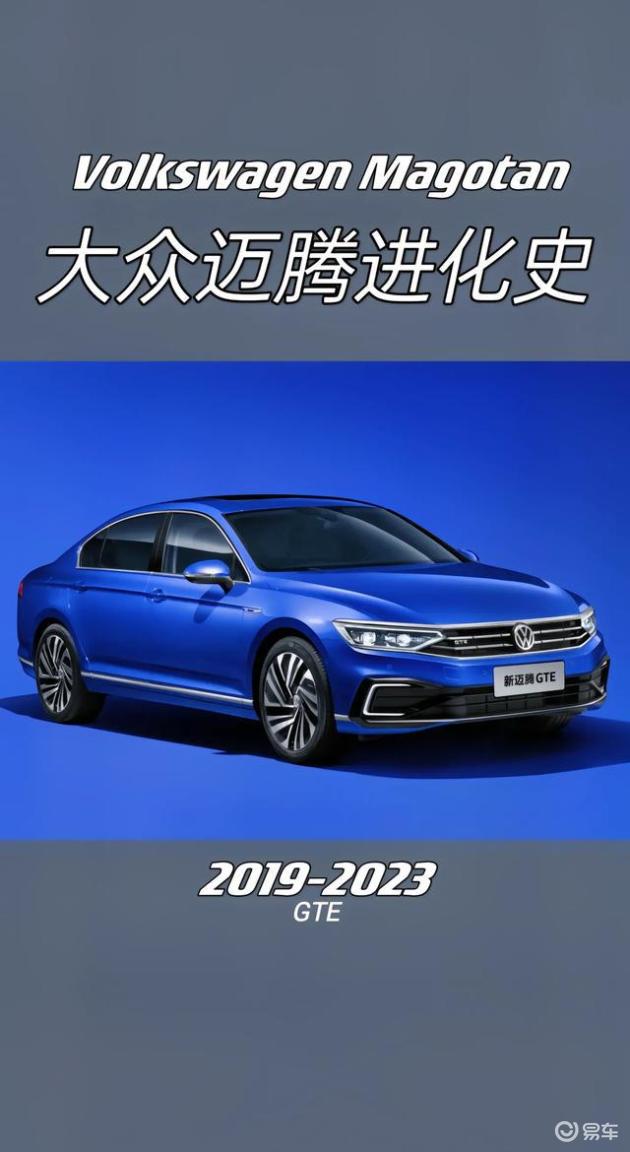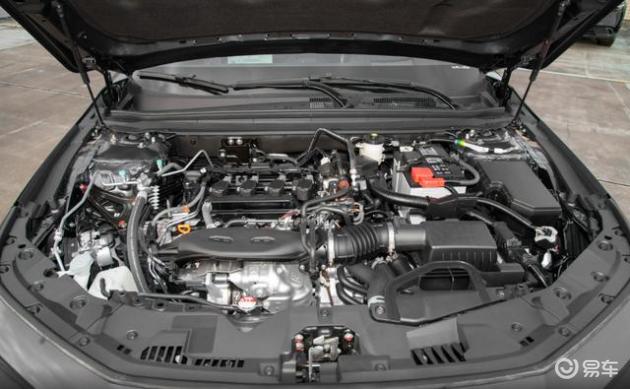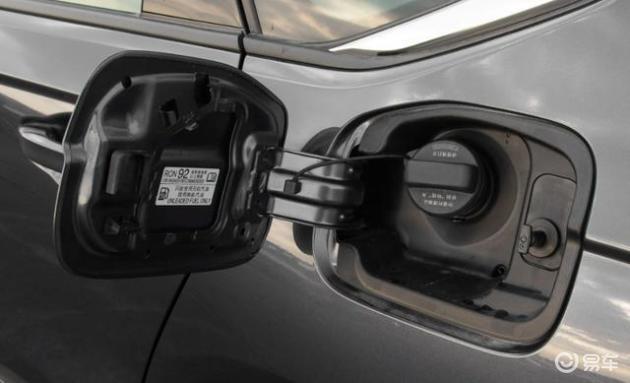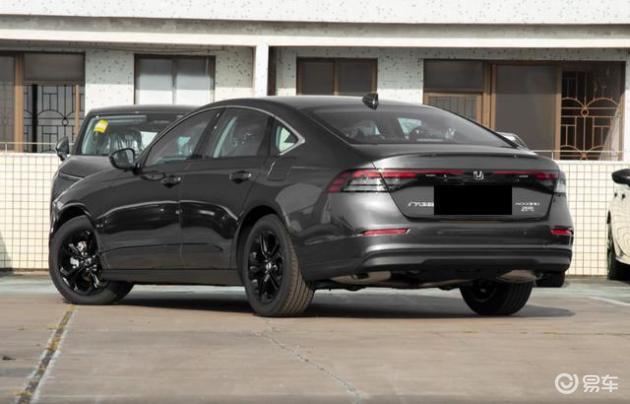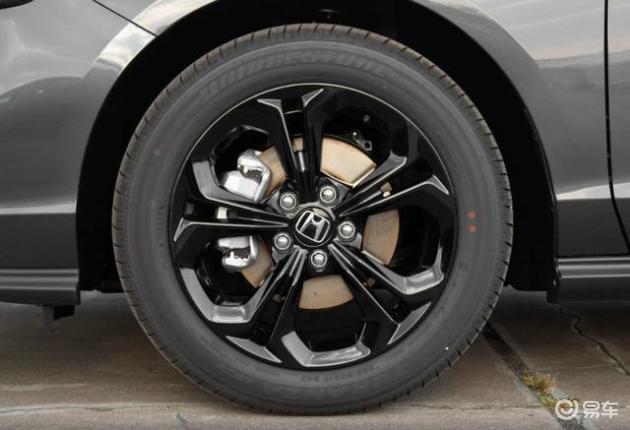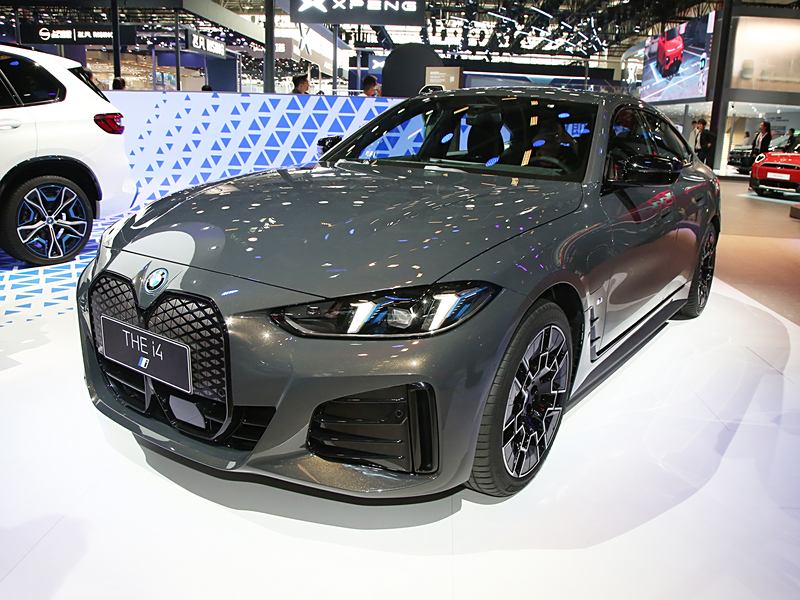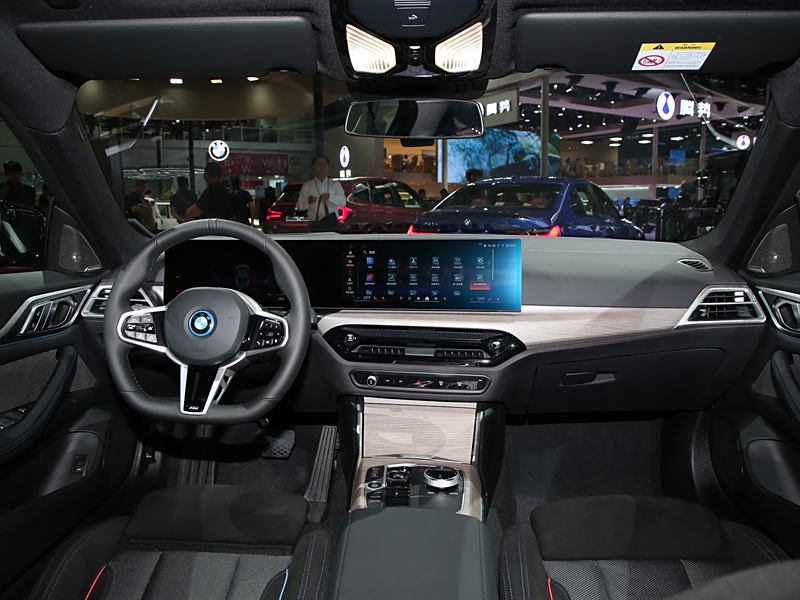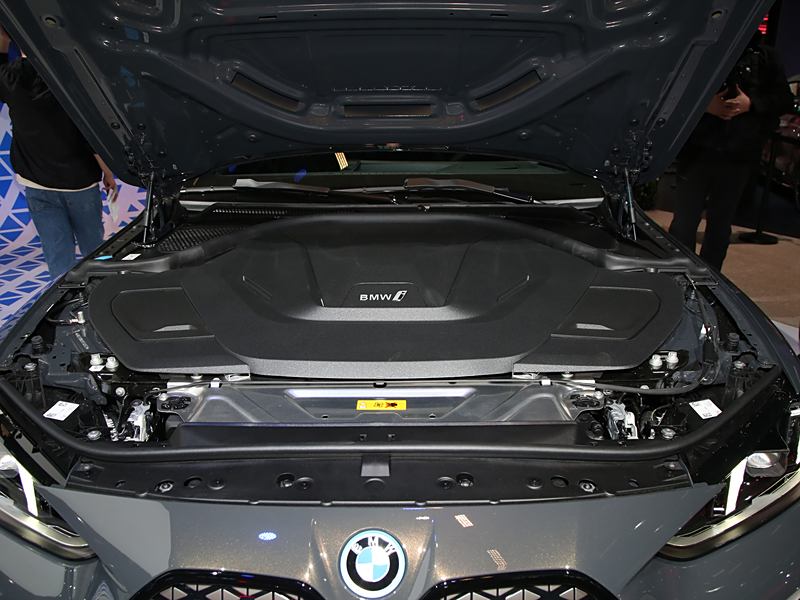Green Golden Waterway First —— Two years after the symposium on promoting the development of the Yangtze River Economic Belt was held
Xinhua News Agency, Beijing, January 11th Title: Green goes first in the golden waterway — — Two years after the symposium on promoting the development of the Yangtze River Economic Belt was held
Xinhua News Agency reporters Zhao Wenjun, Wang Xian and Jia Yuankun.
The Yangtze River is one of the busiest inland rivers in the world, and it is also an indispensable source of life. Since the symposium on promoting the development of the Yangtze River Economic Belt was held two years ago, ecological environment protection and the development and construction of the golden waterway of the Yangtze River have been paid equal attention to in all parts of the Yangtze River, and people and nature have lived in harmony and the traffic initiative has been activated.
Change the construction channel for finless porpoises
"Navigation is prohibited in the finless porpoise reserve, and the finless porpoise cannot be extinct in our hands." Zhou Hai, deputy chief engineer of Shanghai Waterway Bureau of China Communications Group, said.
The 12.5-meter deep-water waterway construction project below Nanjing of the Yangtze River is a key project to build the Yangtze River Economic Belt and create a golden waterway of the Yangtze River, which is called "Yangtze River Deep-water Expressway". There are more than 20 Yangtze finless porpoises in the left branch of the deepwater channel, which must pass through Zhenjiang and Changzhou waters in Jiangsu Province. For this reason, the project chooses to build the waterway in the right branch, which is very difficult to construct.
The Yangtze River Estuary is the leader of the development of the Yangtze River Economic Belt and has a very important strategic position in the overall pattern of regional development. In July, 2016, the deepwater channel project of the Yangtze River Estuary was initially connected to Nanjing, and the 50,000-ton seagoing vessel went directly from the Yangtze River Estuary to Nanjing Port, and the seagoing vessel of 100,000-ton and above could also arrive at the tide with reduced load.
The Yangtze River estuary is also a unique ecosystem formed after thousands of years of development, with extremely rich biological resources. "In the past, oysters were rarely seen in the Yangtze River estuary. Now, the largest oyster reef in China has been built on the channel guide embankment by using the Yangtze River estuary deepwater channel." Zhou Hai said that this will play an important role in the biology, ecosystem construction and estuary ecological environment of the entire Yangtze River estuary.
After the completion of the Yangtze River deep-water waterway, about 60 million dredged soil will be produced every year for waterway maintenance. According to the past practice, dredged soil will be thrown into the designated estuary or marine dumping area, which is not conducive to the water environment and waterway maintenance.
"With the decrease of sediment from the upper reaches of the Yangtze River and the decrease of tidal flats, migratory birds in the tidal flats of the Yangtze River estuary do not have a good growth environment, which needs artificial improvement." Zhou Hai said.
In order to support the construction of the golden waterway of the Yangtze River, Shanghai has reclaimed land with dredged soil from deep-water waterway, which reduces the impact of dredged soil on marine water environment, improves tidal flat resources and maintains biodiversity.
Comprehensive three-dimensional traffic corridor brings benefits into play
The golden waterway of the Yangtze River runs through the east and west, and its tributaries communicate with the north and the south, which is an important support for the development of the Yangtze River Economic Belt. The waterway freight volume and cargo turnover of the Yangtze River system are basically maintained at about 20% and 60% of the total social freight volume and cargo turnover.
"Shanghai Port has been the world’s number one container port for eight consecutive years. In 2017, 28% of the throughput came directly from barges in the Yangtze River Basin." Yan Jun, president of Shanghai Port Group, said.
Highway, railway and water transport, among the three modes of collection and distribution in ports, waterway is the most green and environmentally friendly. Ten years ago, only 20% of the goods in Shanghai Port were transferred by water. Yan Jun said that this proportion will reach 46% in 2017, and it is hoped to exceed 50% by 2020.
A 5000-ton ship is equivalent to 100 cars and 100 railway wagons. In terms of energy consumption, the energy consumption ratio of water transport, railway and highway transportation turnover per thousand tons and kilometers is 1 to 1.8 to 14; In terms of emissions, the unit emission ratio of water transport, railway and highway is 1: 1.2 to 4.8.
By constructing a perfect comprehensive three-dimensional traffic corridor along the Yangtze River and developing the combined transport of molten iron, public water and river and sea, the huge combined benefits of comprehensive transportation are emerging.
The goods are loaded into containers and transported in containers. For example, a 40-foot standard container can carry 2 to 4 cars. In June, 2017, Chongqing Port Logistics Group started a new mode of "containerized transportation of commercial vehicles by Yangtze River water", which greatly lowered the threshold of departure compared with the traditional transportation mode, and it can be loaded, unloaded and transshipped at any port with container handling capacity along the Yangtze River.
Do a good job in the "big article" of green development of golden waterway
"The development of the Yangtze River Economic Belt, green development is very important, and water transportation is better than land transportation. In this ‘ Good ’ Make a big article in the world. " Meng Ye, deputy general manager of the operation department of COSCO Shipping Group, said.
At present, the "port fever" is not decreasing, the development of ports in the Yangtze River is unbalanced, and about half of the navigation mileage of the Yangtze River is not fully and efficiently utilized.
According to industry estimates, the reasonable ratio of terminal throughput and throughput is 1.2 to 1, and now it is more than 40 to 1 in many places. The excess of docks leads to the disorderly and inefficient utilization of valuable shoreline resources. There are more than 3,900 productive berths in the trunk line of the Yangtze River, including more than 570 berths of 10,000 tons, and the freight volume is only 2.5 billion tons.
Yan Jun said that due to unscientific distribution of shipping transshipment, all kinds of ships, large and small, drove directly downstream, which aggravated the congestion of Shanghai Port and reduced the transportation efficiency. For example, a ship in Xiangjiang River that can only hold 36 TEUs should have been replaced by a big ship in Wuhan or Chenglingji, and now it is mostly shipped directly to Shanghai.
"The standardization of ship type, port, waterway and transportation in the golden waterway of the Yangtze River is outstanding, which inhibits transportation efficiency and pushes up logistics costs." The relevant person in charge of the Yangtze River Waterway Administration said that strengthening regional benefit management is an important factor for the green development of ports in the Yangtze River Economic Belt.
"There are hundreds of thousands of ships sailing in the Yangtze River, involving a wide range of interests." Yan Jun said that the mechanism of ship construction, repair and elimination should be strengthened in accordance with the requirements of green, environmental protection and economy.
Since 2018, the Ministry of Transport will launch a three-year special campaign to prevent and control ship pollution in the Yangtze River Economic Belt. According to the plan, the system of compulsory scrapping of ships will be strictly implemented, the elimination of old chemical ships and oil tankers will be actively promoted, and the transportation capacity of ships transporting liquid dangerous goods in bulk in the Yangtze River will be approved.
"Strive to achieve the sustainable development of green transportation and shipping, and meet the people’s ardent expectations for blue sky, clear water and clean air." He Jianzhong, vice minister of transportation, said.









